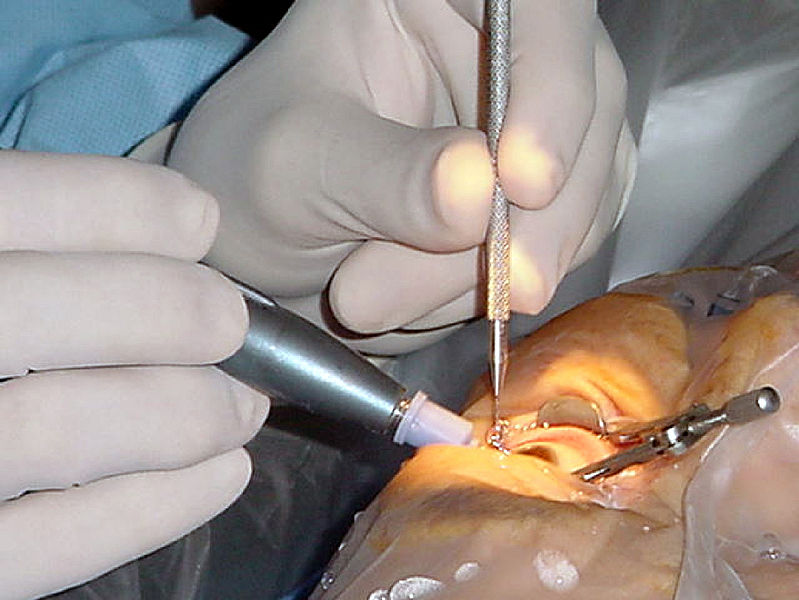Glaucoma and Cataracts
In Chinese medicine the health of the liver and its mate the gallbladder are reflected through the eyes. If the eyes shine brightly, liver and gallbladder qi are strong and healthy. When fluid and qi flow in the body are deficient the tendons and muscles which are controlled by the liver will tear easily and become inflamed. The eyes will then become swollen or pulled out of focus by the muscles surrounding them.
Glaucoma is a serious condition caused by increased pressure of fluid in the eye leading to gradual loss of sight. In TCM it is described as excess dampness forced upward in the body by rising heat due to liver yin deficiency. In the West cataracts are believed to be an inevitable part of the aging process. The lens of the eye becomes cloudy and in severe cases surgery is required. In TCM this is another condition said to be caused by liver yin deficiency.
In both of the above conditions the patient is told to either take medication for life (in the case of glaucoma), or have the cataract surgically removed when vision loss interferes with normal activities. In neither case are preventative measures suggested. A TCM practitioner, however, would address the problem at its source and use herbal medications along with changes in diet to correct the qi imbalances. The following herbs are useful for prevention and in the early stages of disease:
ligustrum, schizandra fruit, mulberry leaf, amia (found in the ayurvedic herbal formula triphala), gentian, celosia seeds.
Chrysanthemum flower is one of the most common herbs used for eye disorders. It reduces redness, swelling and pain in the eyes. It also improves blurred vision and near-sightedness. Drink 3 cups daily as a tea.
Lycii fruit, also known as Chinese wolfberries and goji berries, strengthen vision, moisten dry eyes and nourish kidneys and liver. Eat raw, use in cooking or soak and drink as a tea.
Foods for a vision diet include onions, beans, spinach, celery, turnips, yellow and orange vegetables, green leafy vegetables, seaweed, spirulina and chlorophyll rich foods, apples, oranges and tomatoes.
Leave a reply →
